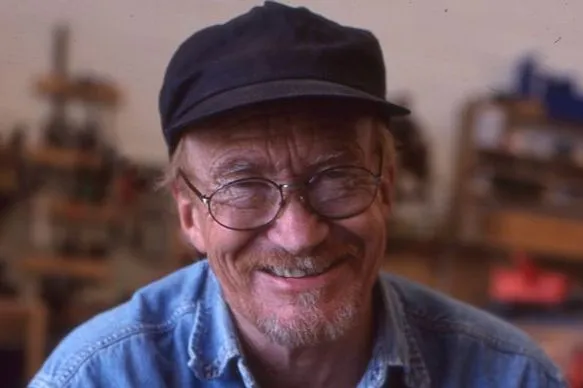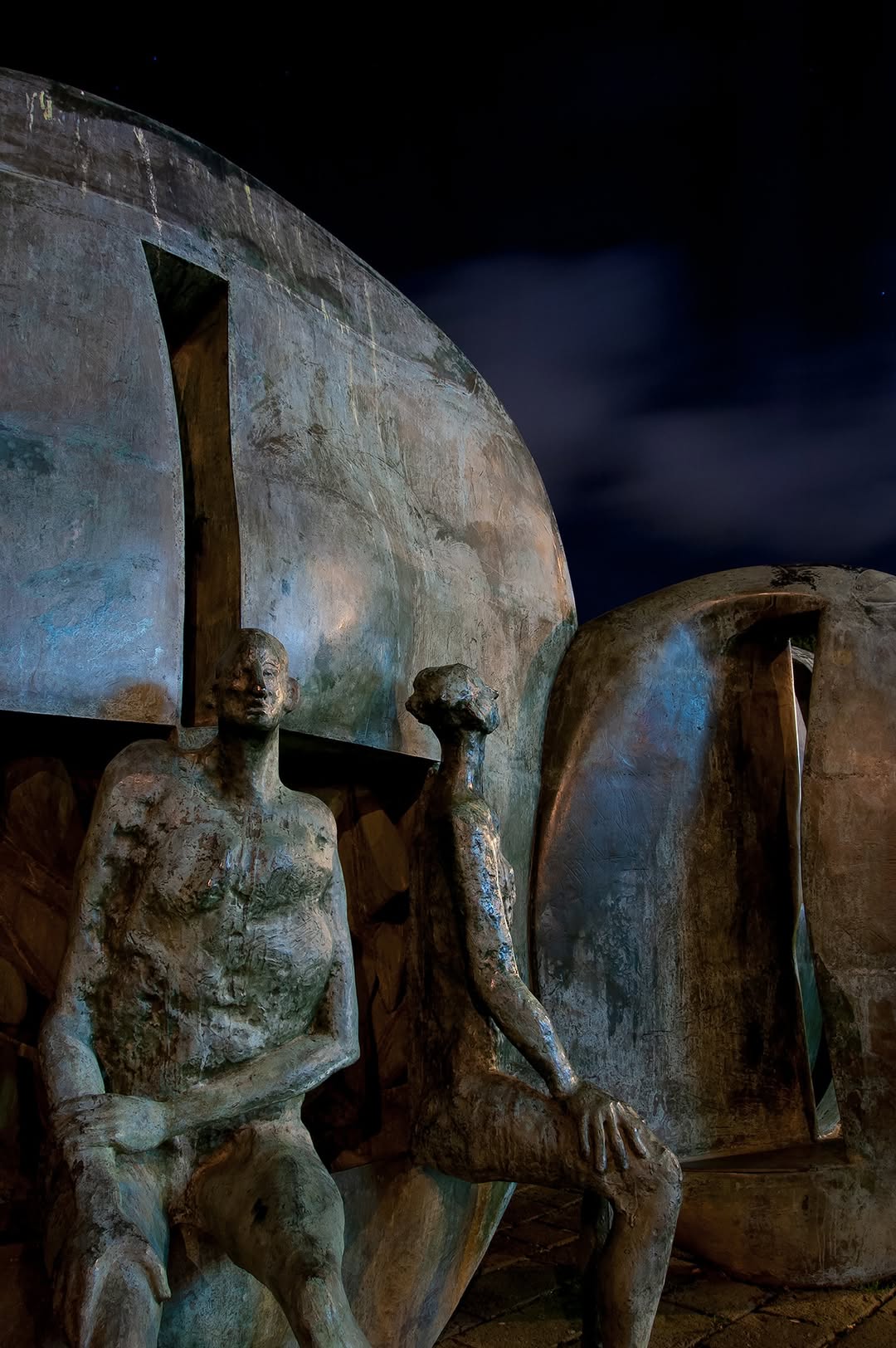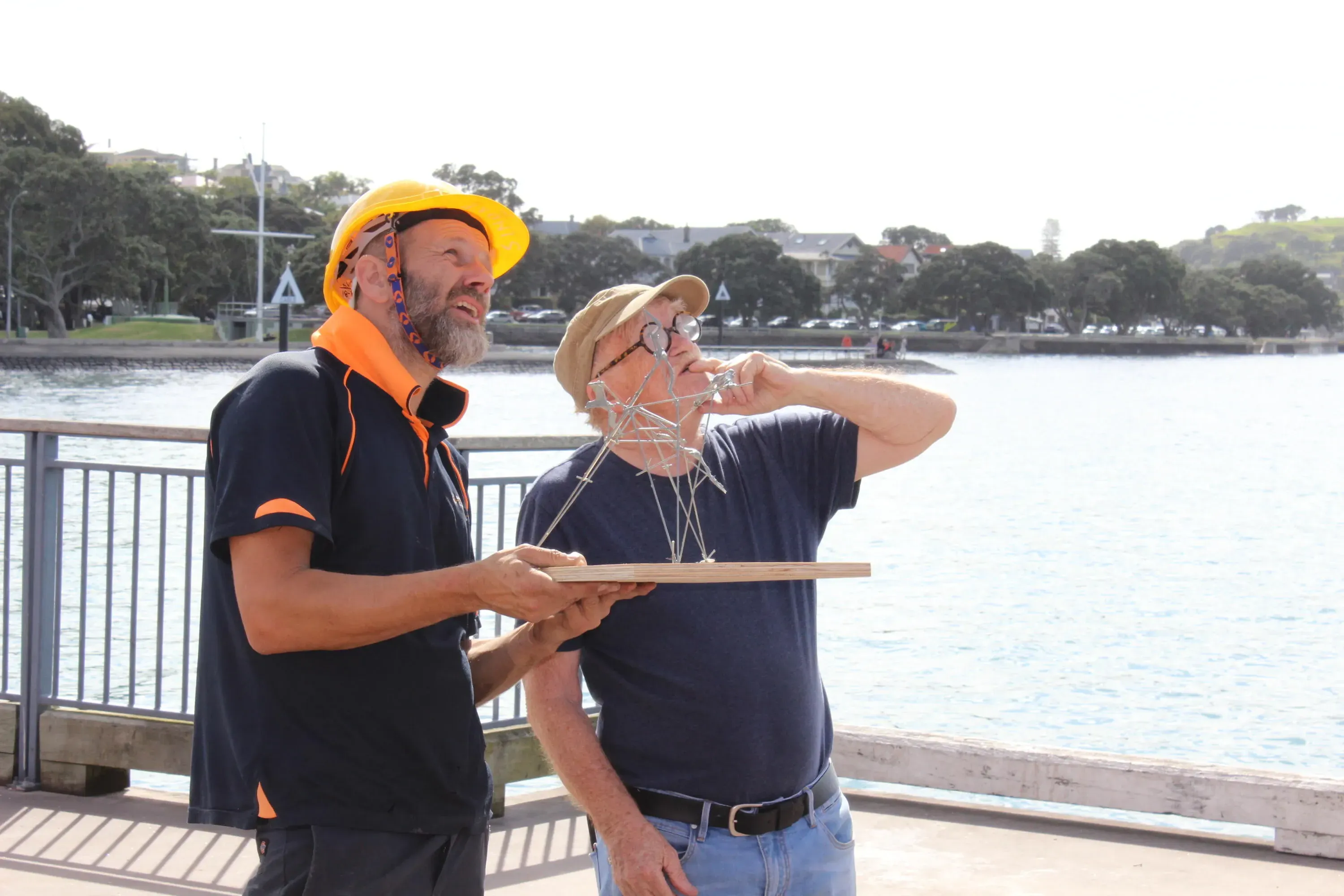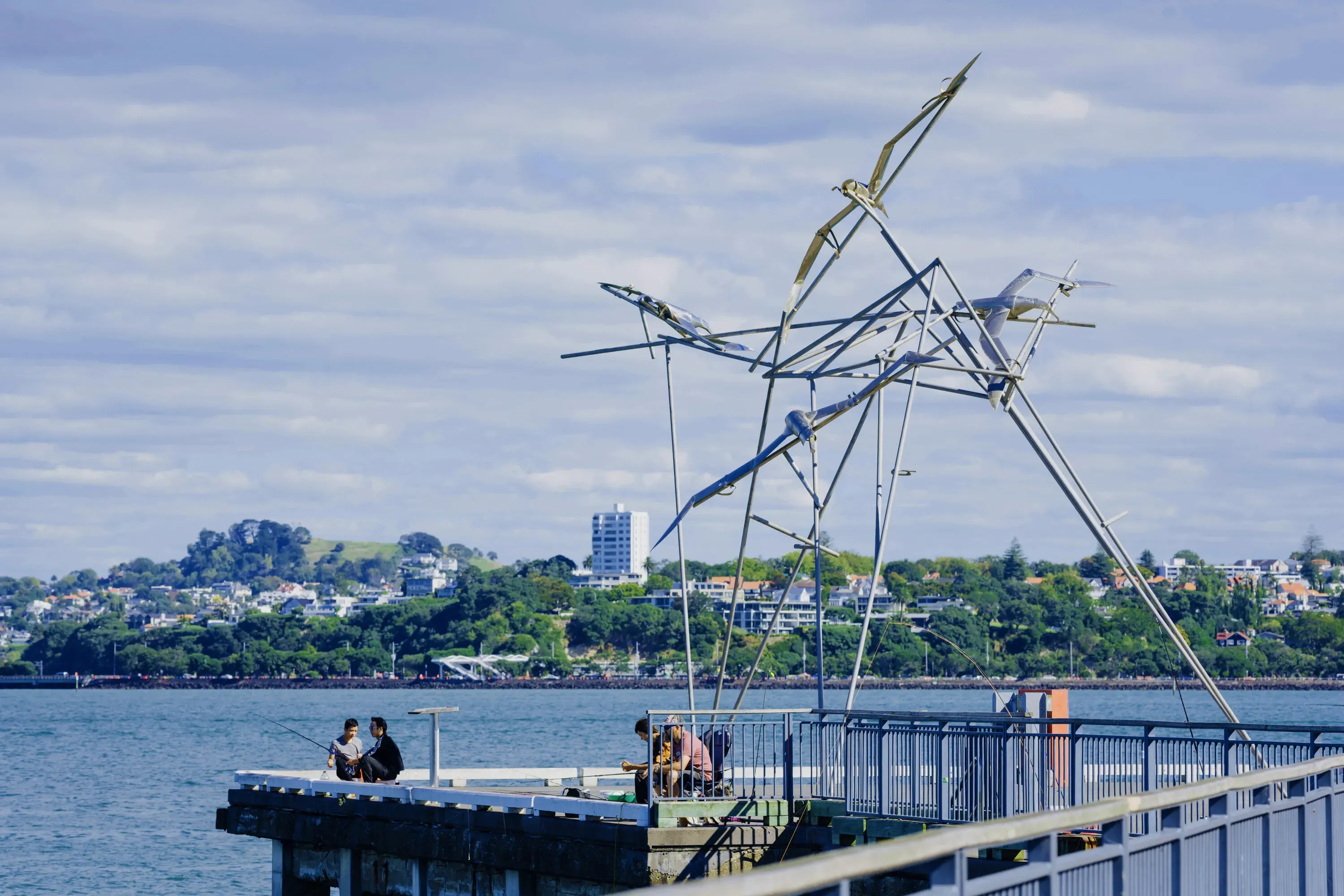"Gold Standard Legacy" Of Greer Twiss Remembered
Tributes are flowing after the passing of an Arts Icon - referred to as the "Godfather" of contemporary sculpture in New Zealand.

The appreciation for one of the most relentless creative minds in Aotearoa has been poignant, as the art world comes to terms with the passing of Greer Twiss.
Regarded by many as the Godfather of contemporary sculpture in this country, (a moniker bestowed on him by late art historian Rodney Wilson), the news of Twiss passing rippled through the arts community with many paying tribute to the magic he provided for generations - both as an artist and as a teacher.
Made one of the Art Foundation’s Icons in 2011 - an exclusive club of 20 living artists honoured for lifetime achievement in the creative fields - Twiss is the third Icon lost this year, following the deaths of Fred Graham and Maurice Gee.

The Arts Foundation was among those to lead the tributes to the co-founder of the New Zealand Society of Sculptors - for “a pioneering sculptor, generous teacher, and one of Aotearoa New Zealand’s most influential contemporary artists” whose career spanned across six decades which also saw him added to the New Zealand Order of Merit.
Talented artist
Indeed, his pieces are landmarks in both the metaphorical and literal senses.
His work with cast metal has seen extraordinary sculptures become part of the fabric on public art in this country - including three different locations in his beloved Tāmaki Makaurau. Among the Auckland Council Public Art Collection are the iconic Karangahape Rocks - his first public commission in 1967-69, his nature-inspired Graftings at the Wintergardens and most recently, the return of Twiss masterpiece Flight Support for Albatross in 2021 on Devonport’s Victoria Wharf.
At the time, The Big Idea spoke in-depth with Twiss on his beloved sculpture being brought back out into the public eye again - something of a sore point for him prior to its comeback - which he discussed with deep passion and unmistakable sharp wit.
Twiss said in that interview, “I’m very pleased to have it back, (its absence) has been like an albatross around my neck for a while. It goes back a long way.
“I believe in having artworks in public venues, I think that’s the value of them, to be accessible to people. I see that as very important.”
Arts commentator Mark Amery posted that Twiss was “one of my early Auckland art heroes - a sculptor who could express in space how precariously but magnificently we are always running falling and catching ourselves.” Another arts critic, composer William Dart further labelled him as “A man who was such a lively force on the art scene.”

Public art advocate Deborah McCormick hailed Twiss as “A great sculptor who inspired many students through education and audiences with his extensive practice.”
While his large sculptures are his most famous artworks, Twiss had a passion - and talent - for many forms of creativity.
As well as sculptures of all shapes, styles and materials being displayed at galleries all over the country, his penchant for puppetry is credited for what Auckland Art Gallery referred to as “his whimsical figurative style.” He was also an impressive potter, his all-round skillset seeing him break free from cliched artist stereotypes.
Gallerist Rex Armstrong of Ponsonby’s orexart shared on social media “Greer was actively working right up to the last. We had the pleasure and privilege of presenting what turned out to be his final exhibition in December last year and we looked forward to seeing the new work he had underway.
“He is a great loss to us all and he leaves behind a gold standard legacy, cast in bronze.”

Gifted mentor
Perhaps his greatest legacy comes not from what he made, but what he inspired.
Twiss leaves a reputation as an exceptional teacher and mentor, particularly from his time teaching at Elam School of Fine Art - where he studied himself as a young man, graduating in 1959. Taking up teaching in the mid-60s, Twiss became Head of Sculpture at Elam in 1974 until his retirement in 1998.
He left an indelible mark on all those he came across during that period. Artist Phil Dadson eulogised “RIP old friend & colleague. You have surprised, challenged, laughed & wept with us over the years Greer, & now in character, this to remind us - from dust-to-dust. May your soul fly.”
Former Elam colleague Carole Shepheard wrote “His influence on students, teachers, institutions and the art world generally was enormous. He said it how it was - unafraid, direct, cheeky, thoughtful and fierce. You gave us so much Greer and you left the world a legacy of amazing sculpture.”
Artist and teacher Deborah Smith notes “Greer was a wonderful artist & a truly great teacher. He was one of the great joys of Art School for me & many others….He was just wildly special & I ache for his family. Thank you Greer.”
Many former students have acknowledged his influence, with Sam Trubridge stating “He was such a lovely person - a gentle, interested teacher whose work I looked up to a lot”, while Lynda Chanwai-Earle remembers Twiss as “a wise, understanding and generous teacher, a talented artist, a beautiful soul.”
Brydee Rood adds “Greer was a brilliant artist, a wonderful mentor & an inspirational presence…kind & encouraging with the passion of the foundry burning bright in his eyes.”
A man who redefined sculpture in New Zealand - and gave countless others the freedom to choose their own direction.